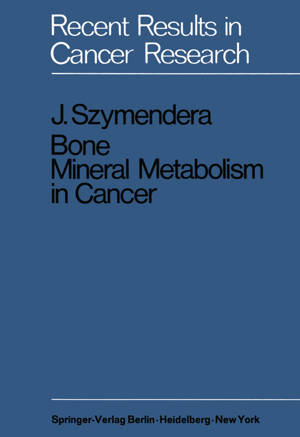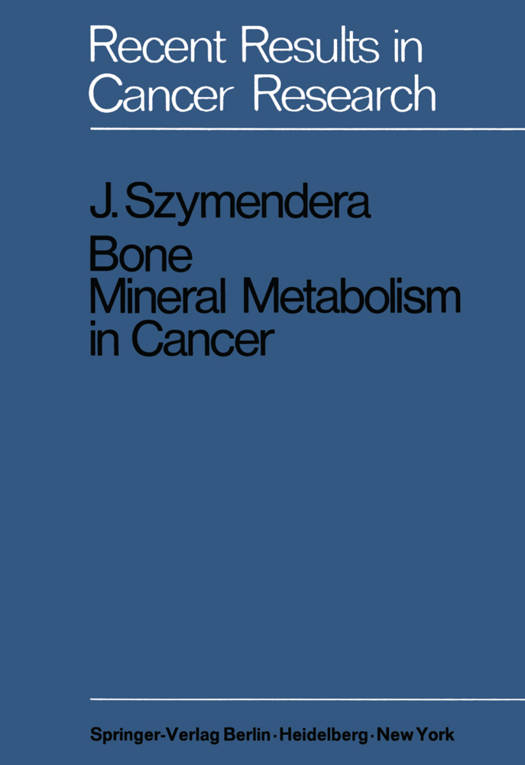
Je cadeautjes zeker op tijd in huis hebben voor de feestdagen? Kom langs in onze winkels en vind het perfecte geschenk!
- Afhalen na 1 uur in een winkel met voorraad
- Gratis thuislevering in België vanaf € 30
- Ruim aanbod met 7 miljoen producten
Je cadeautjes zeker op tijd in huis hebben voor de feestdagen? Kom langs in onze winkels en vind het perfecte geschenk!
- Afhalen na 1 uur in een winkel met voorraad
- Gratis thuislevering in België vanaf € 30
- Ruim aanbod met 7 miljoen producten
Zoeken
Omschrijving
The introduction of new methods for studying the plasma state, renal handling, and kinetics of calcium and inorganic phosphate has rendered possible a more efficient and appropriate approach to the problems of bone-tissue metabolism and more ade- quate investigation of the pathogenesis of its miscellaneous abnormalities. Used to study the metabolism of bone mineral in osteoporosis, hypo- and hyperparathy- roidism, and other metabolic bone diseases, the new methods have given much valuable information. In malignancy they also promise to supplement the scantiness of the existing information better than the routine examination procedures, yet they have been used far more rarely in this field. The material presented in this work represents an attempt to marshal the facts and to answer, by the aid of recent techniques, some still open problems of bone- mineral metabolism in patients with cancer. Since the new techniques involve an entirely new approach, the first two chapters are devoted to it and details of these techniques are presented in the third chapter. I realize the shortcomings of this work, but the never-ending and continuously increasing search for new discoveries makes some data obsolete at the moment of their presentation. Nevertheless, I hope that this work will give some information which will be useful in interpreting disturbances of bone-tissue metabolism in patients, both without any evidence of bone secondaries, and with widespread osseous metas- tases.
Specificaties
Betrokkenen
- Auteur(s):
- Uitgeverij:
Inhoud
- Aantal bladzijden:
- 112
- Taal:
- Engels
- Reeks:
- Reeksnummer:
- nr. 27
Eigenschappen
- Productcode (EAN):
- 9783642999802
- Verschijningsdatum:
- 20/02/2012
- Uitvoering:
- Paperback
- Formaat:
- Trade paperback (VS)
- Afmetingen:
- 170 mm x 244 mm
- Gewicht:
- 217 g

Alleen bij Standaard Boekhandel
+ 263 punten op je klantenkaart van Standaard Boekhandel
Beoordelingen
We publiceren alleen reviews die voldoen aan de voorwaarden voor reviews. Bekijk onze voorwaarden voor reviews.









